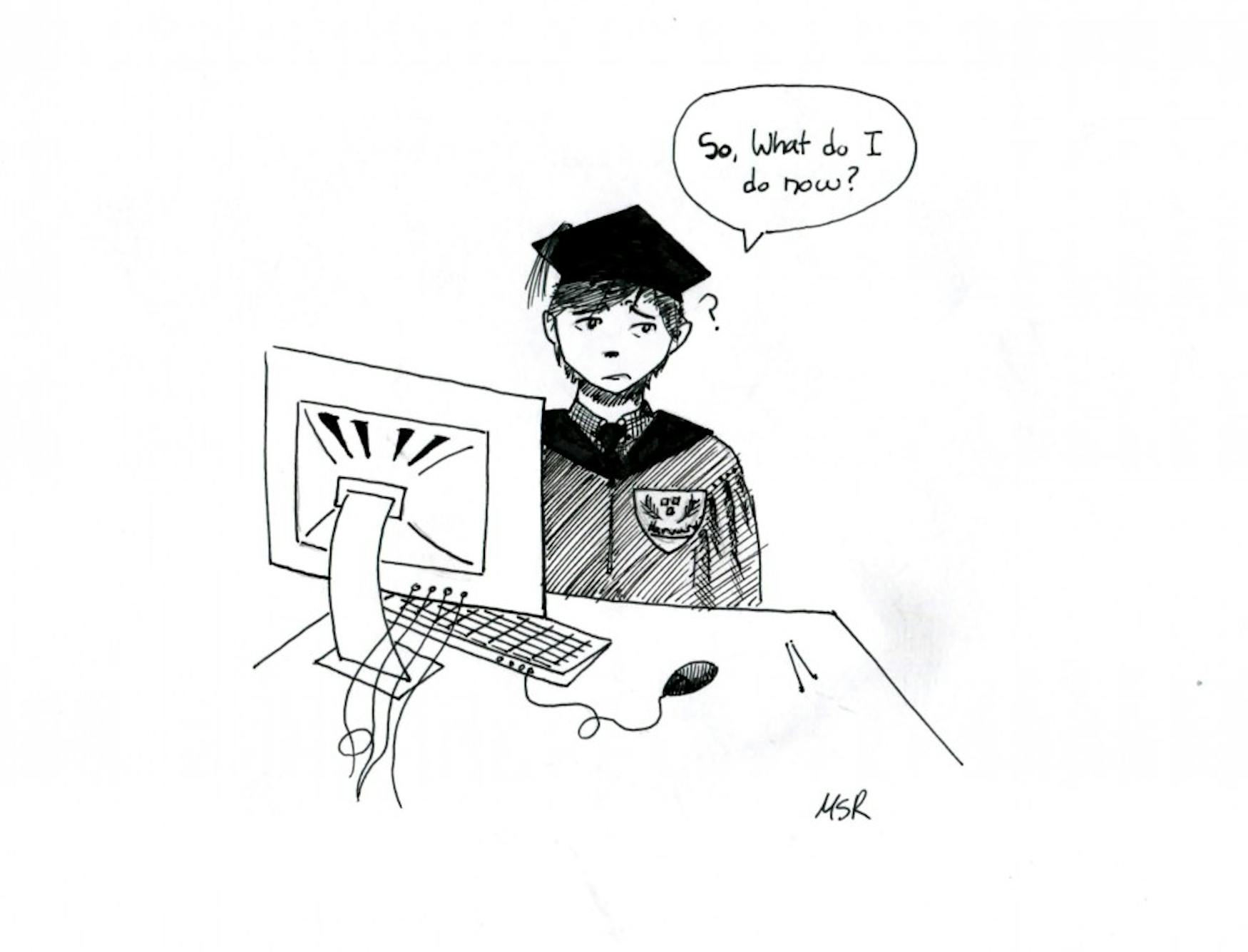Question US News and World Report college rankings
If you’re a Brandeis student, chances are you applied to one or two “reach” universities during the college application process in high school. Maybe you applied to Yale or Harvard, knowing that while the chances of admission were slim, any chance at a degree from one of those top-tier universities was worth a shot. But what makes one school more prestigious than the next? Are they really the best universities out there, or is there something more to this?
Perhaps the most common metric comparing research universities in the United States is the U.S. News and World Report, a national ranking of universities published by the U.S. News corporation toward the beginning of every school year. A degree from a school that ranks highly on this list is seen as valuable or prestigious.
These rankings are also very important to potential employers, who often use the rankings as a metric of that candidate’s potential and work ethic. The importance of the U.S. News rankings is both broad and profound: the report’s web page receives over 10 million views within three days of its being published, and a study conducted by the University of Michigan in 2008 found that the rankings fundamentally influence which schools high school students will apply to. For this reason, a university will often spend considerable resources in an attempt to improve its rankings. However, if we examine the actual cate-gories U.S. News uses to rank schools, we find that the list is actually in no way an accurate representation of school merit and in fact deceives students into applying for out-of-reach schools.
In their own description of their method of measuring college excellence, the U.S. News and World Report states that they use “outcome measures that signal how well the institution does its job of educating students.” The first and most heavily weighted measure employed by U.S. News in their annual college rankings is a subjective measurement of university prestige, which they call “undergraduate academic reputation.” Schools are ranked on a scale of one to five by their “peer institutions”—academics at their competitor universities—based on how prestigious peer institutions find a certain college. These rankings are then compiled into an overall ranking of how highly a university is regarded by its peer institutions. This is a completely subjective method of determining the relative “prestige” of an institution, and has nothing whatsoever to do with the way a university educates its students.
That is not to say that subjectivity has no place in determining academic integrity, but the general term of “prestige” has nothing to do with a school’s academia. Only faculty and students attending classes at a school from day to day are qualified to judge a school’s academic merit.
This use of the term “prestige” is especially troublesome because U.S. News and World Report rankings themselves are the primary driver of perceived prestige among universities; a school ranks highly and is therefore respected, so it ranks highly again the next year. Practically speaking, the list is driven by inertial prestige, where high-ranking universities are consistently rewarded with high rankings and fame.
Another important factor in the U.S. News and World Report’s rankings involves a school’s selectivity. Schools with lower acceptance rates are ranked higher, based on the assumption that schools with the lowest acceptance rates are schools with the most applicants, and thus the most desirable qualities. In reality, this becomes another measure of school prestige, as schools which rank highest receive the most applicants. According to the New York Times, in order to increase their rankings in this regard, top-tier schools spend more and more every year on marketing and outreach, in order to get more and more students to apply. This allows top universities to reject more students, thereby increasing their rankings.
Obsession with college rankings, particularly those put forth by the U.S. News and World Report, has the potential to be quite harmful to our academic environment. Harvard, Yale and Princeton have topped the list of best universities nearly every year, largely for reasons of fame and finance alone, while consistent high rankings disincentive top-tier universities from experimenting with new educational tactics and embracing change.
Additionally, the rankings incentivize other schools to focus on their place on the list instead of their student body. Belmont University’s president recently stated that his top long-term priority will be to raise Belmont to the top 5 in the college rankings by 2015, while Arizona State University tied its president’s salary to the university’s rankings. Funds that could be going towards research and teaching improvements are instead going towards marketing and outreach, while top-tier schools are discouraged from making changes that could benefit students.
In short, the U.S. News and World Report rankings are little more than a ranking of the financial standing and subjective prestige of a school and have little or nothing to do with the actual effort the university puts into educating students and fostering young minds. Rather than assume that reputation, wealth and selectivity correlate to a university’s merits, U.S. News and World Report should reform its rankings to include more relevant metrics of university achievement, like the contributions to research undertaken by a university or the student body’s perception of the quality of classes.
This would incentivize universities to improve on their educational capabilities, remove unwarranted elitism that is so engrained in top-tier university degrees and better help students to apply to schools which best suit their academic needs and are not merely high-ranking. Still, the best change will occur when we as students stop caring about the U.S. News and World Report rankings.
If you have siblings in high school warn then against considering these rankings, and encourage them to focus on more tangible measurements of college success instead.




Please note All comments are eligible for publication in The Justice.